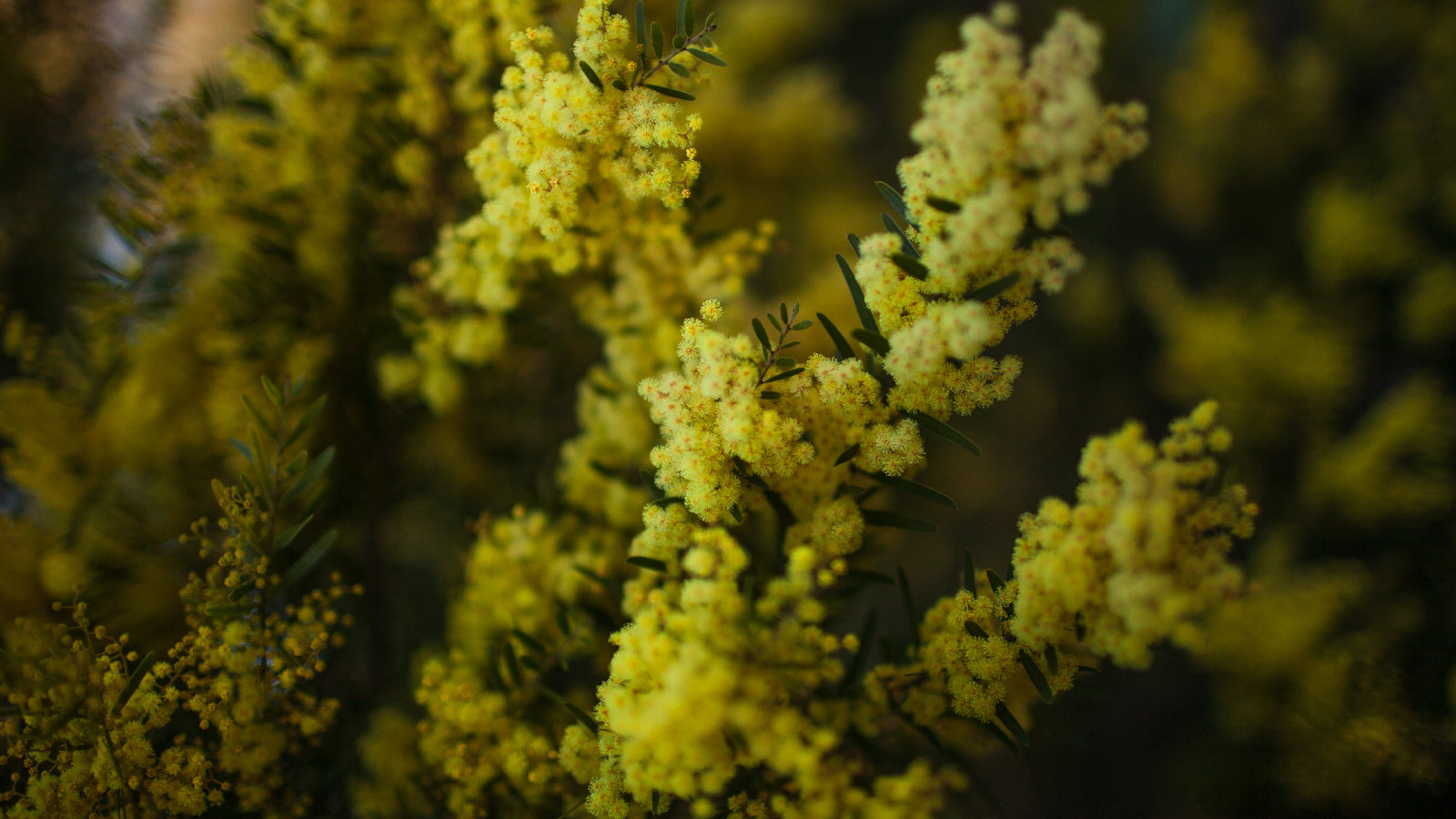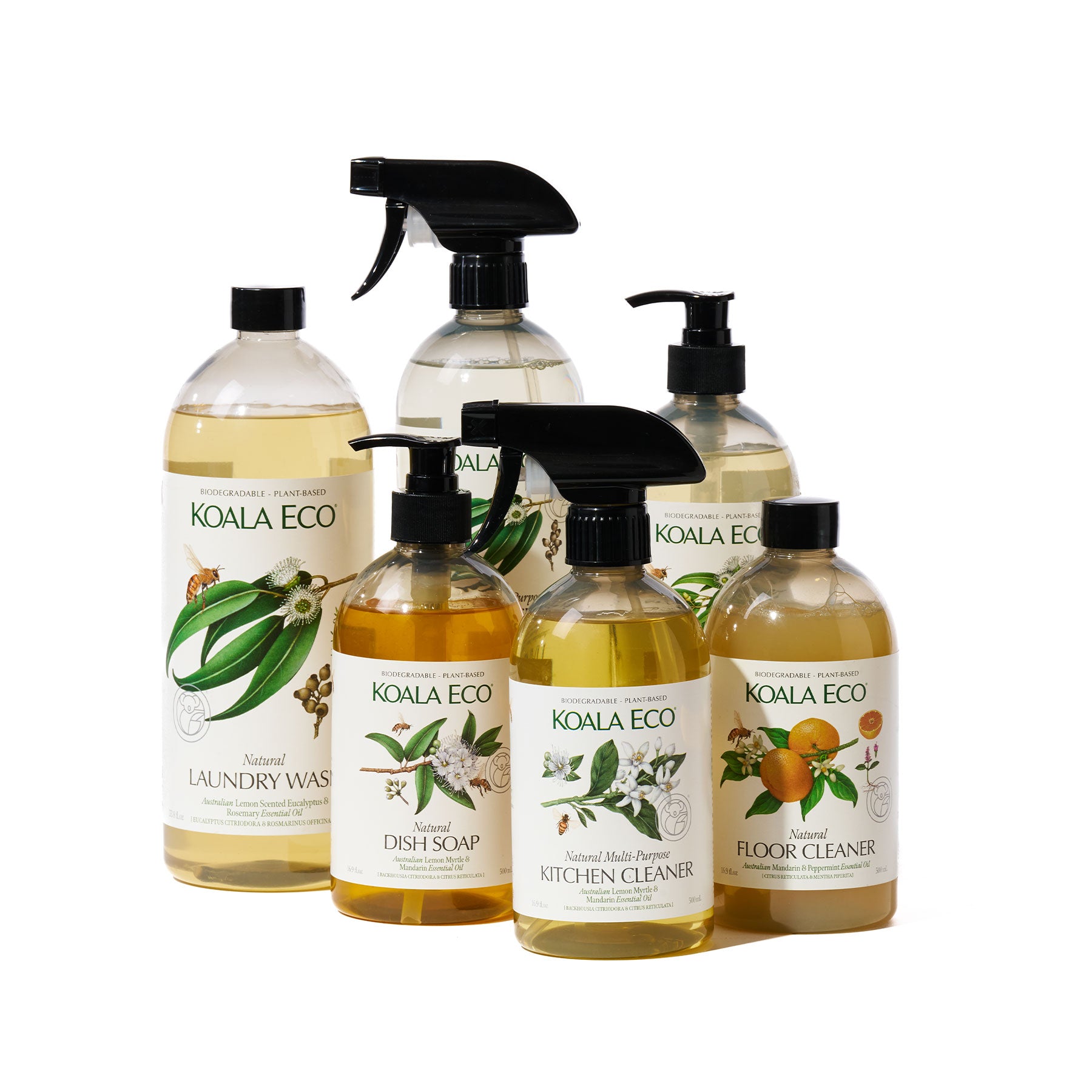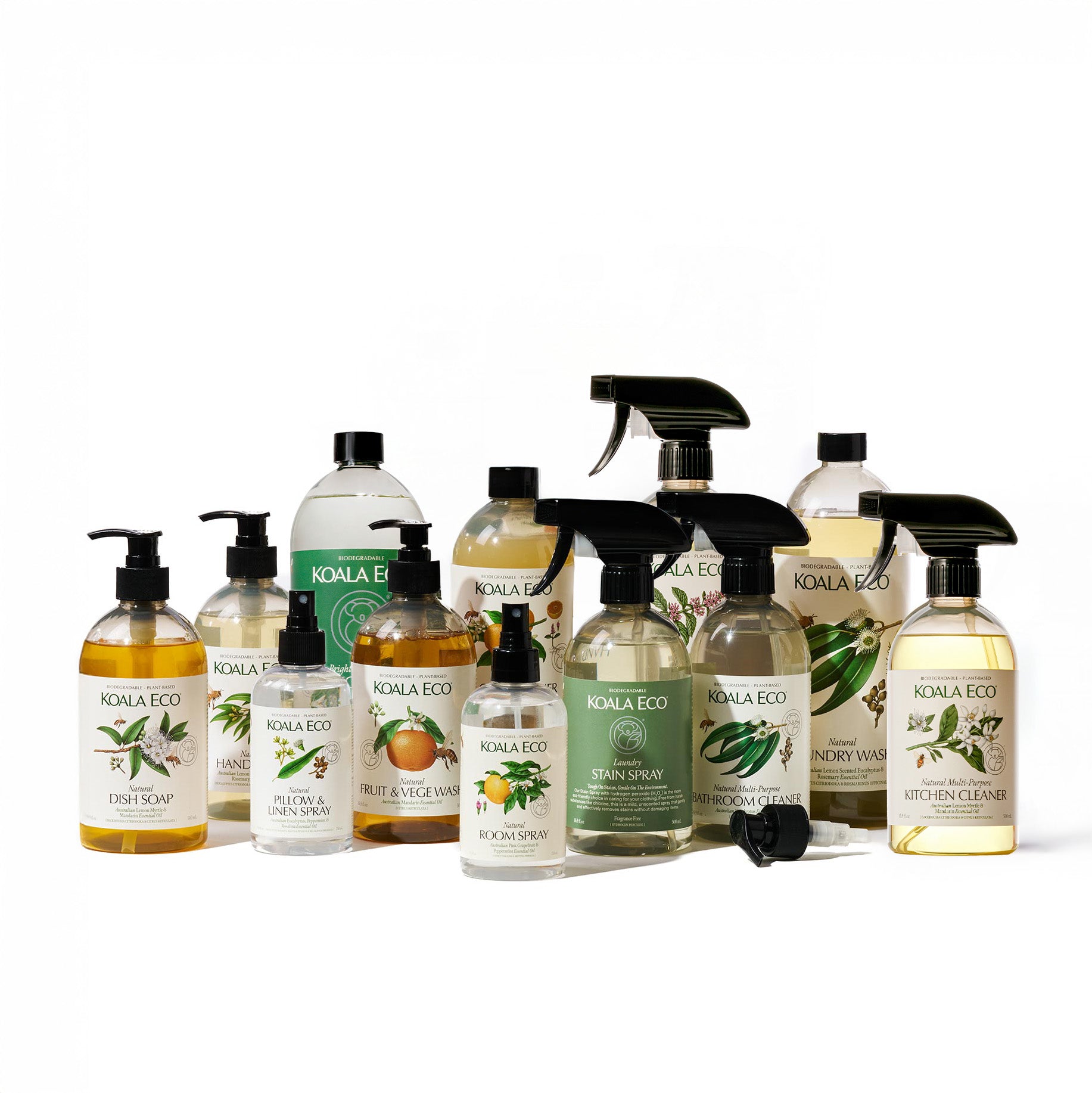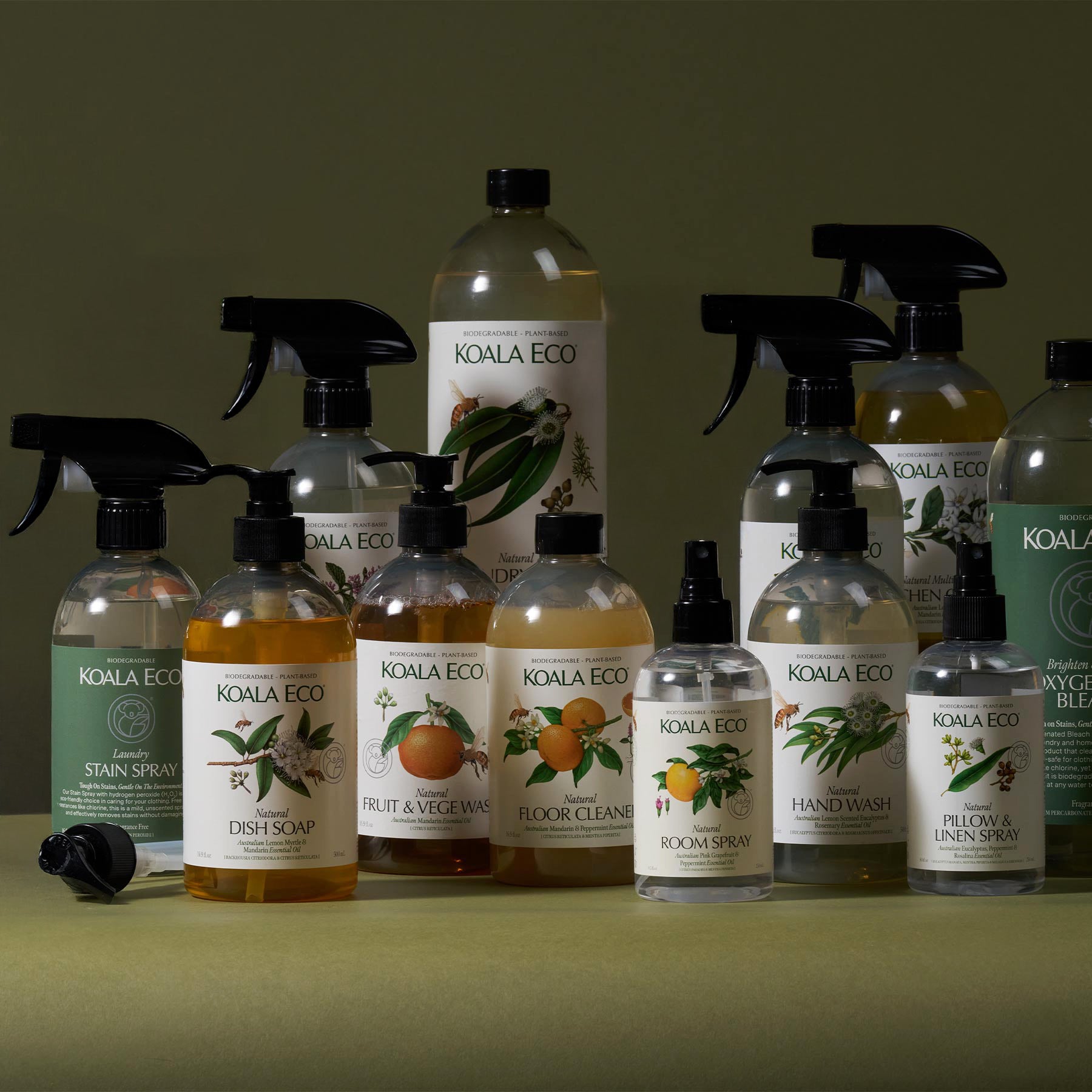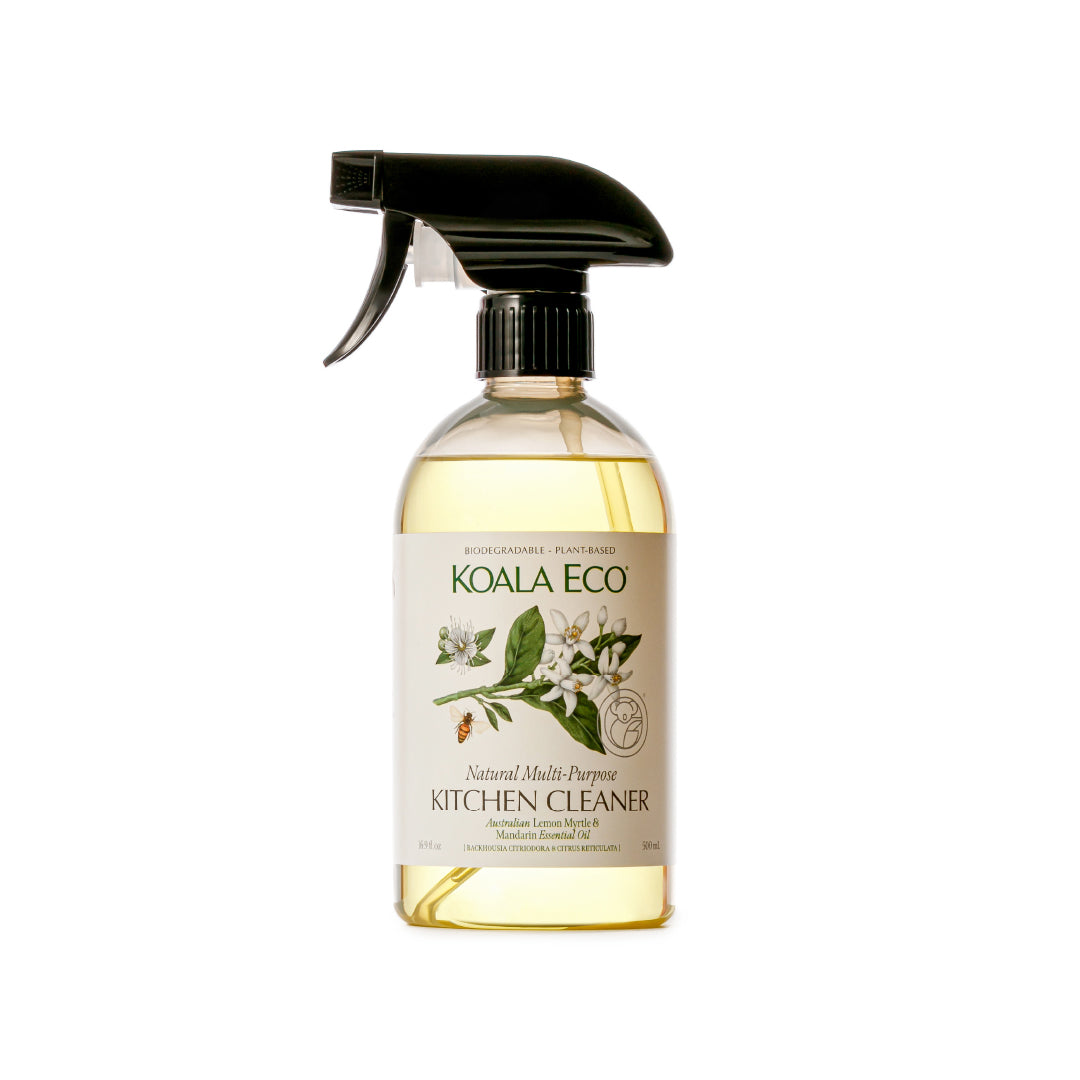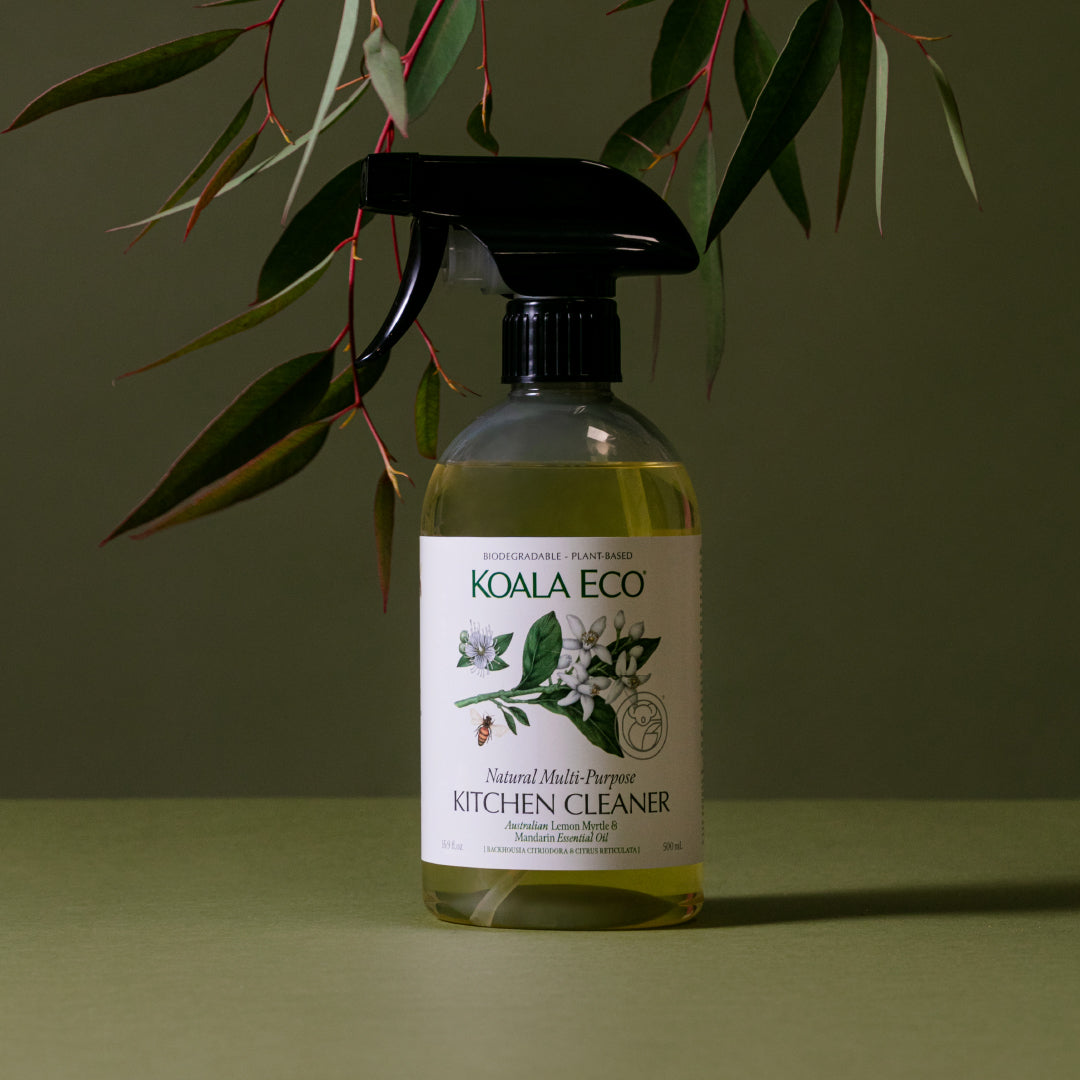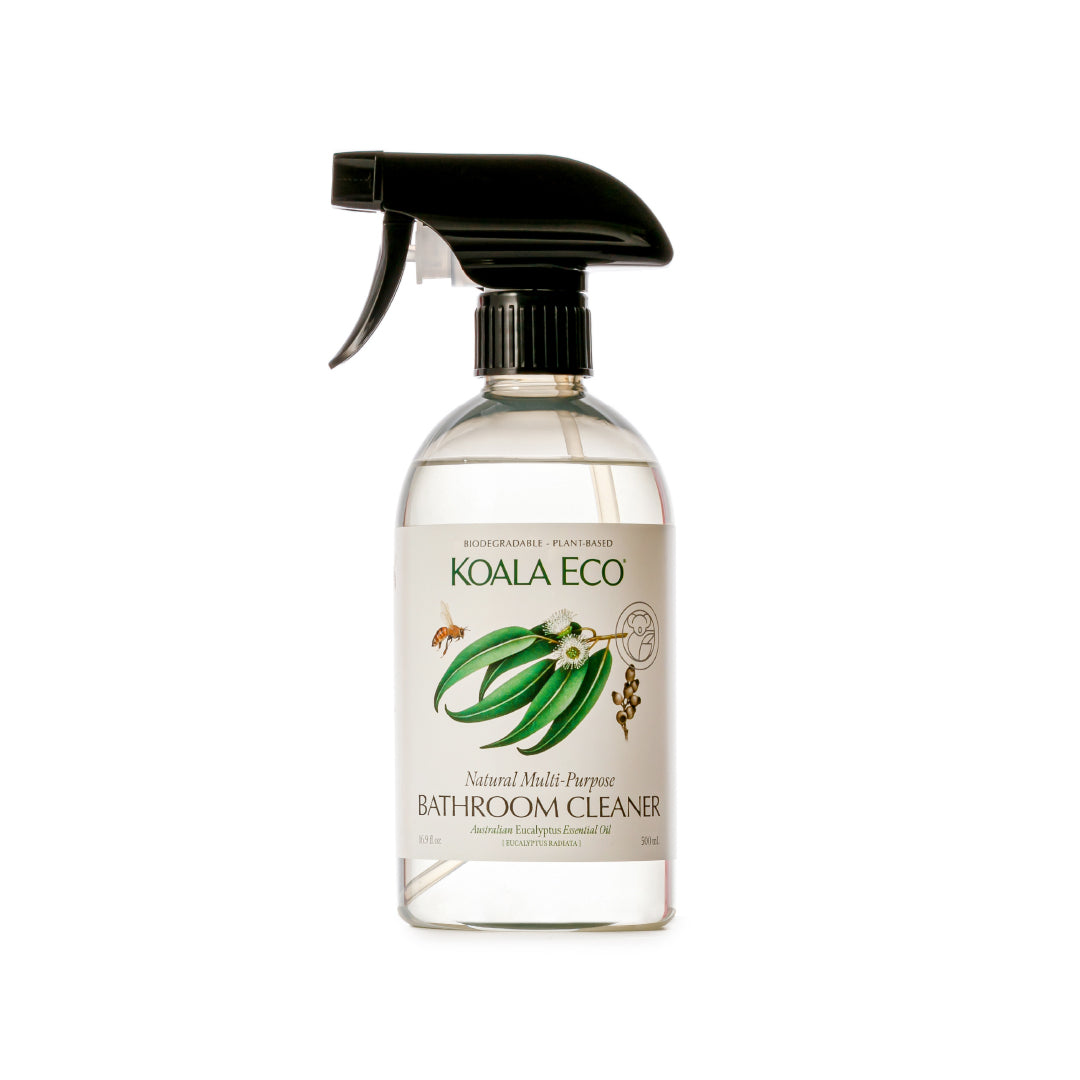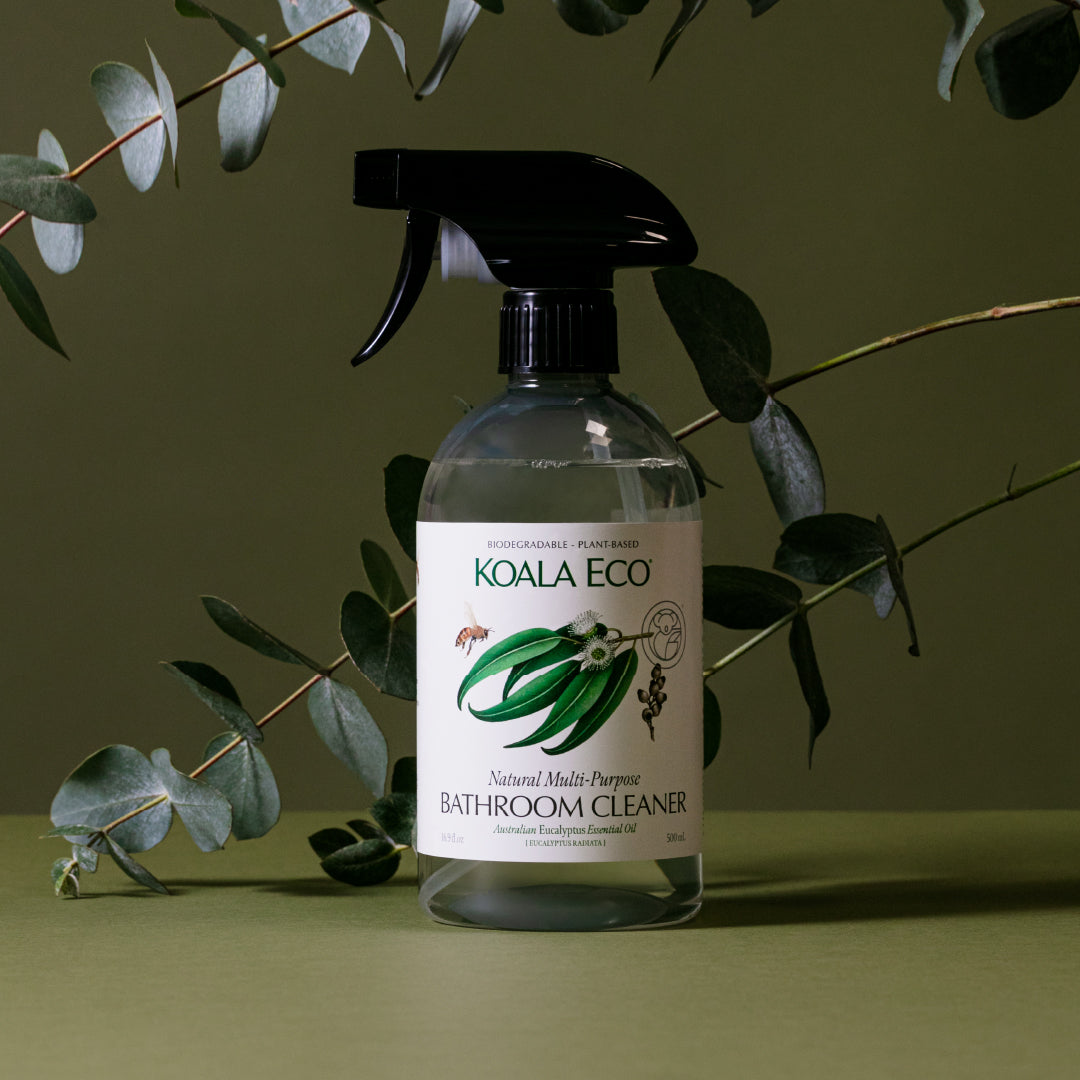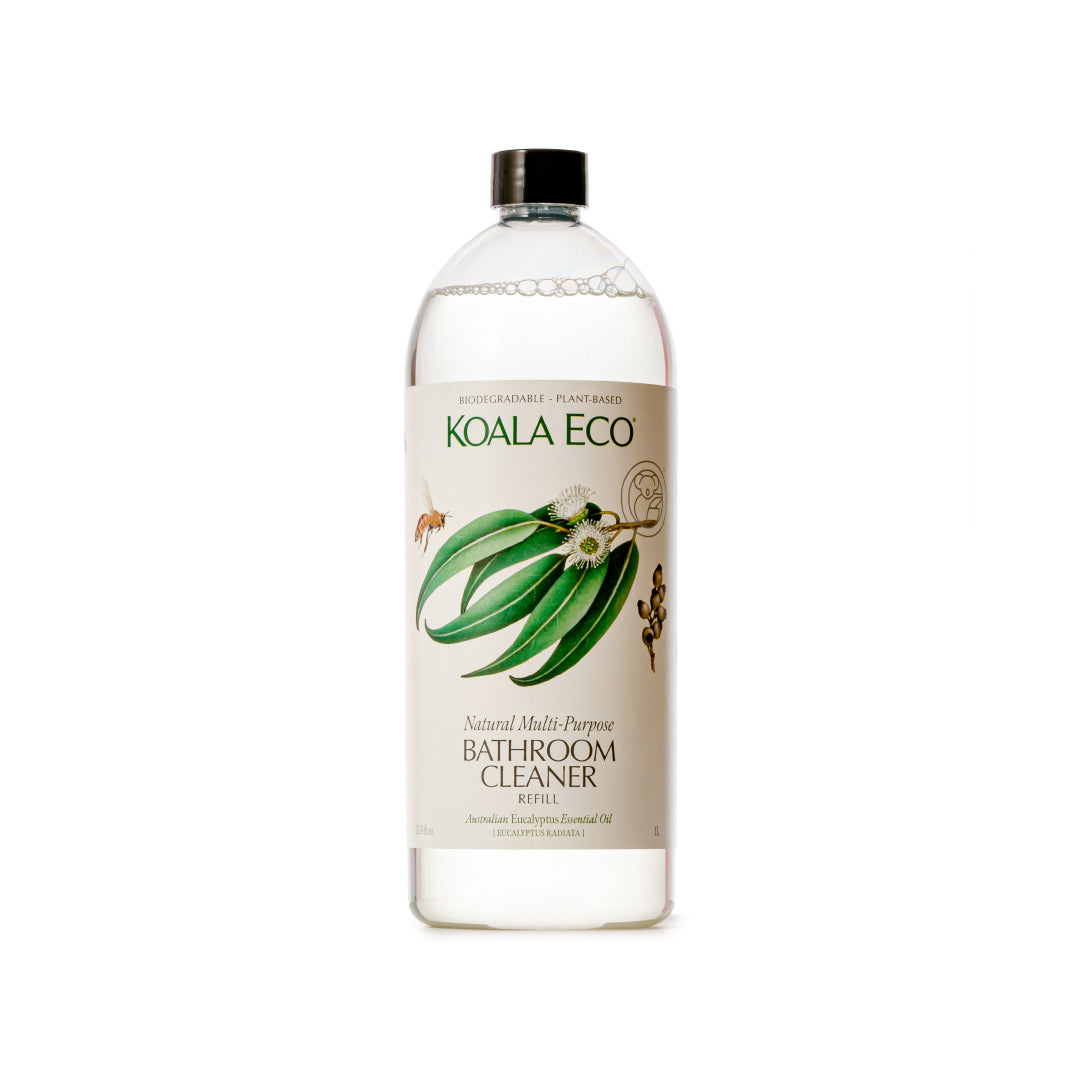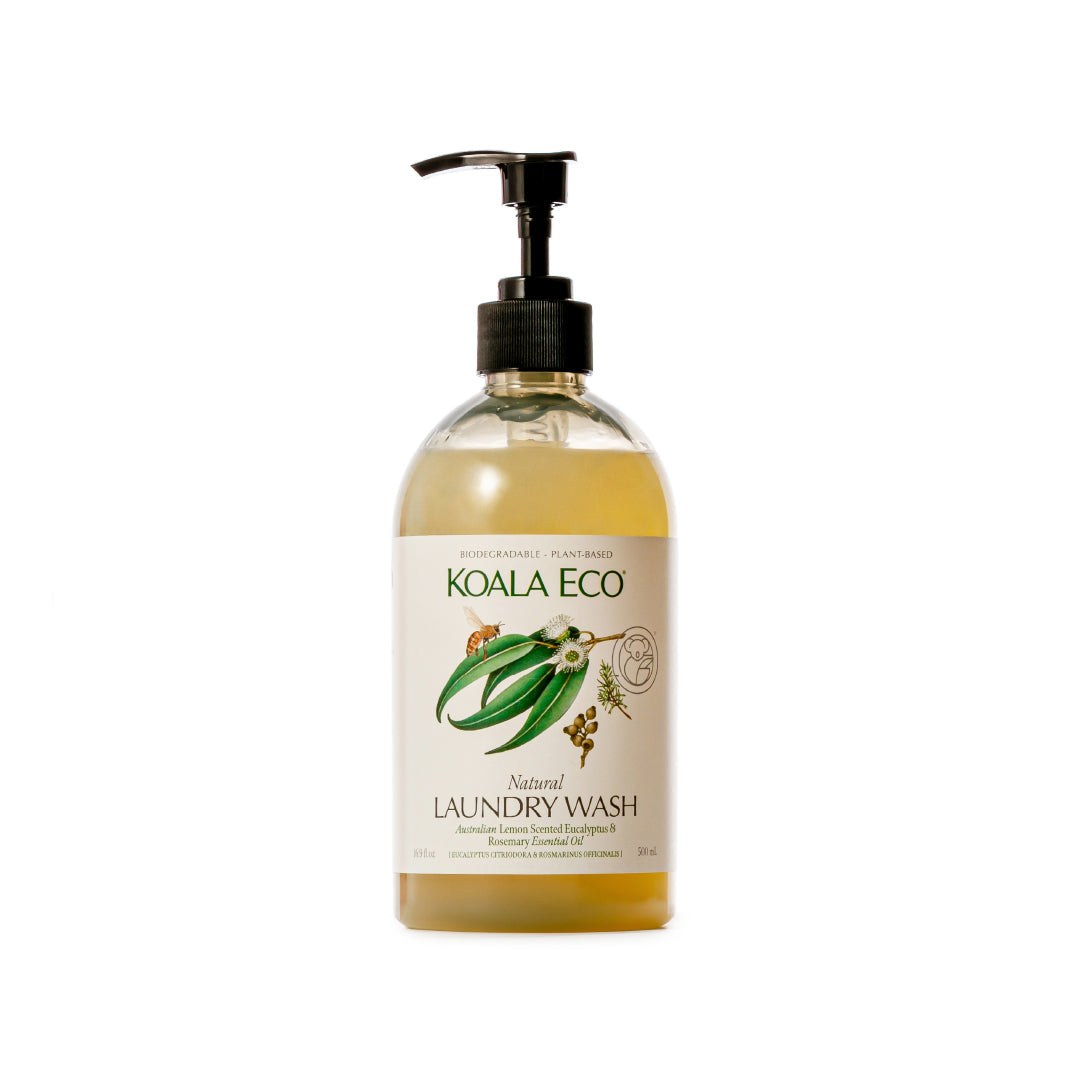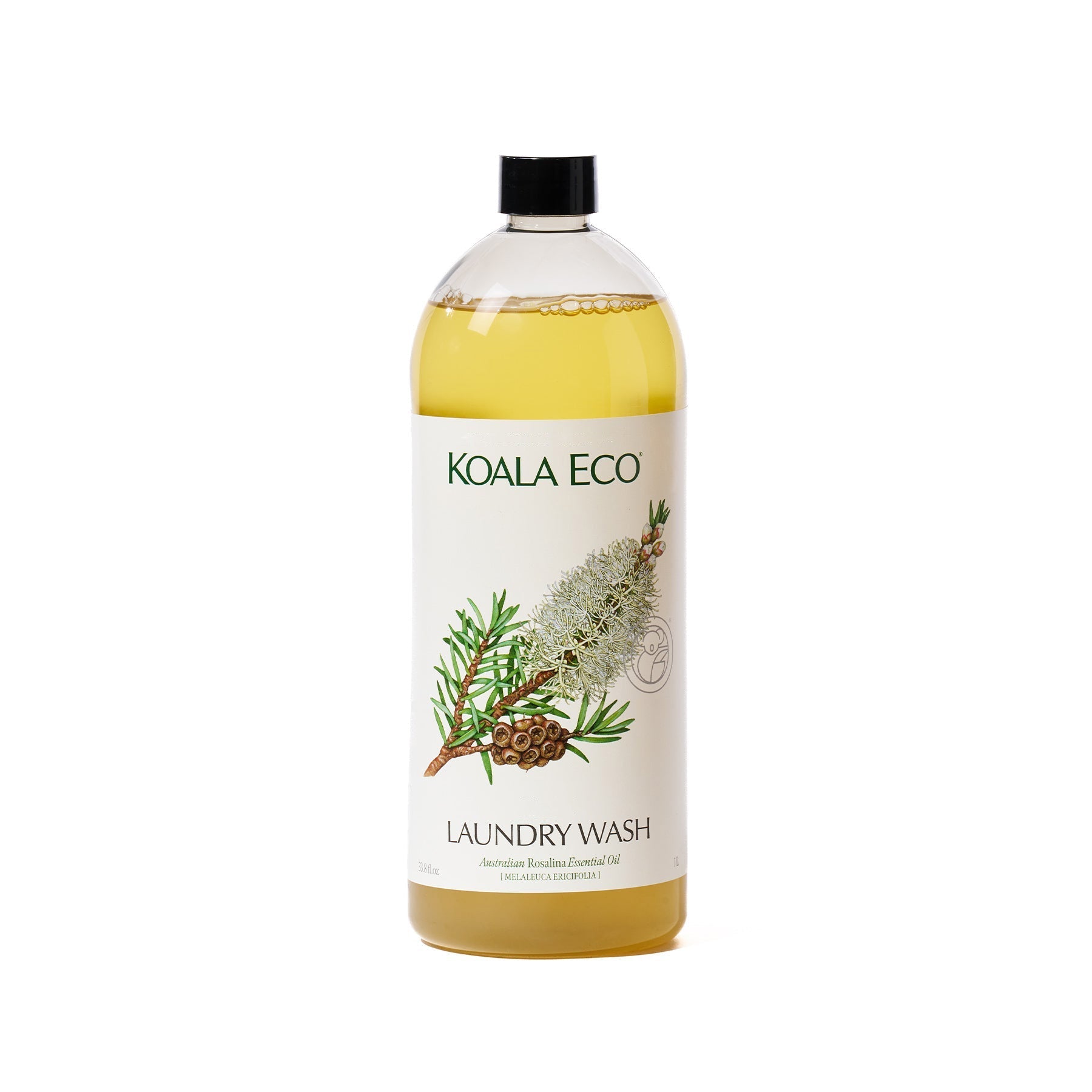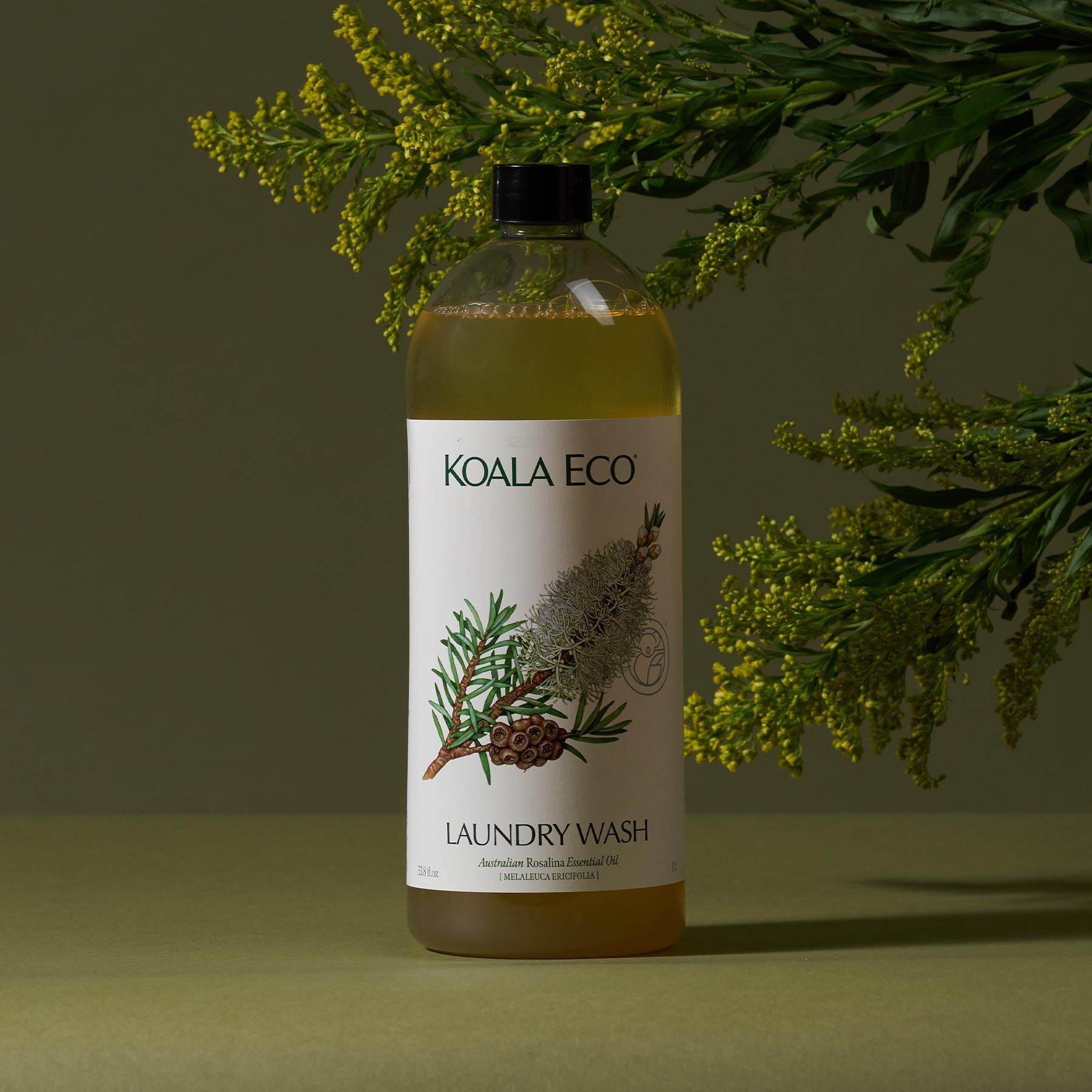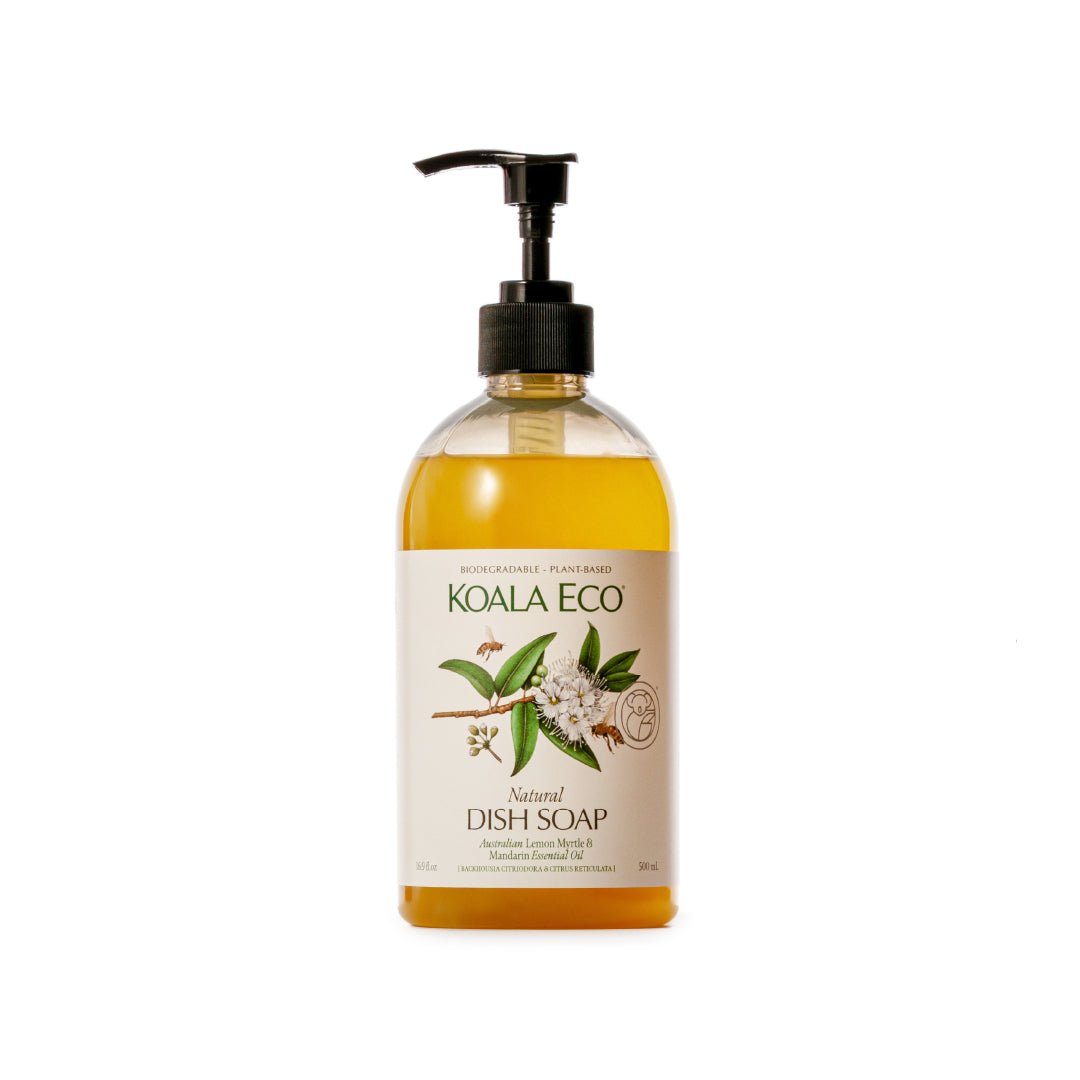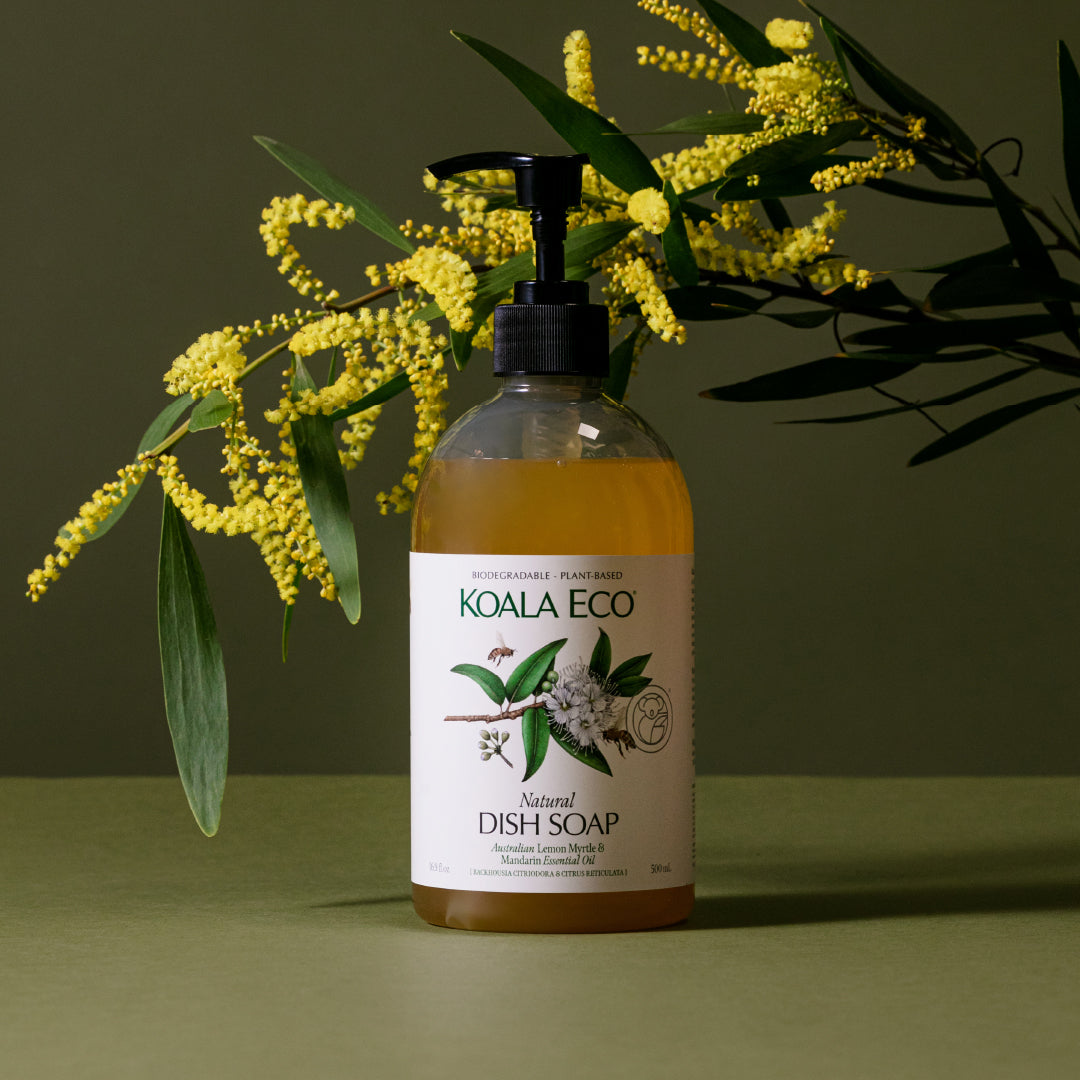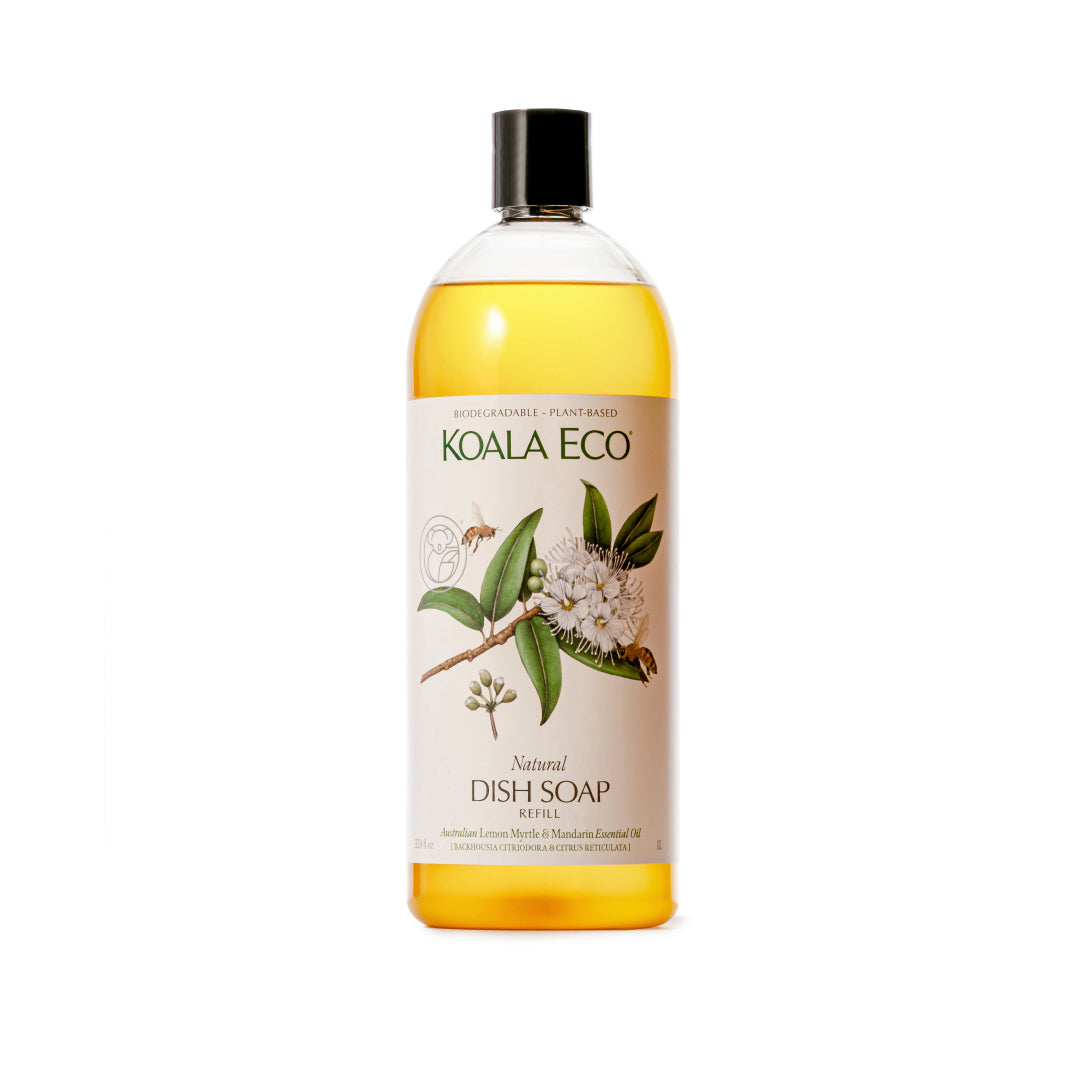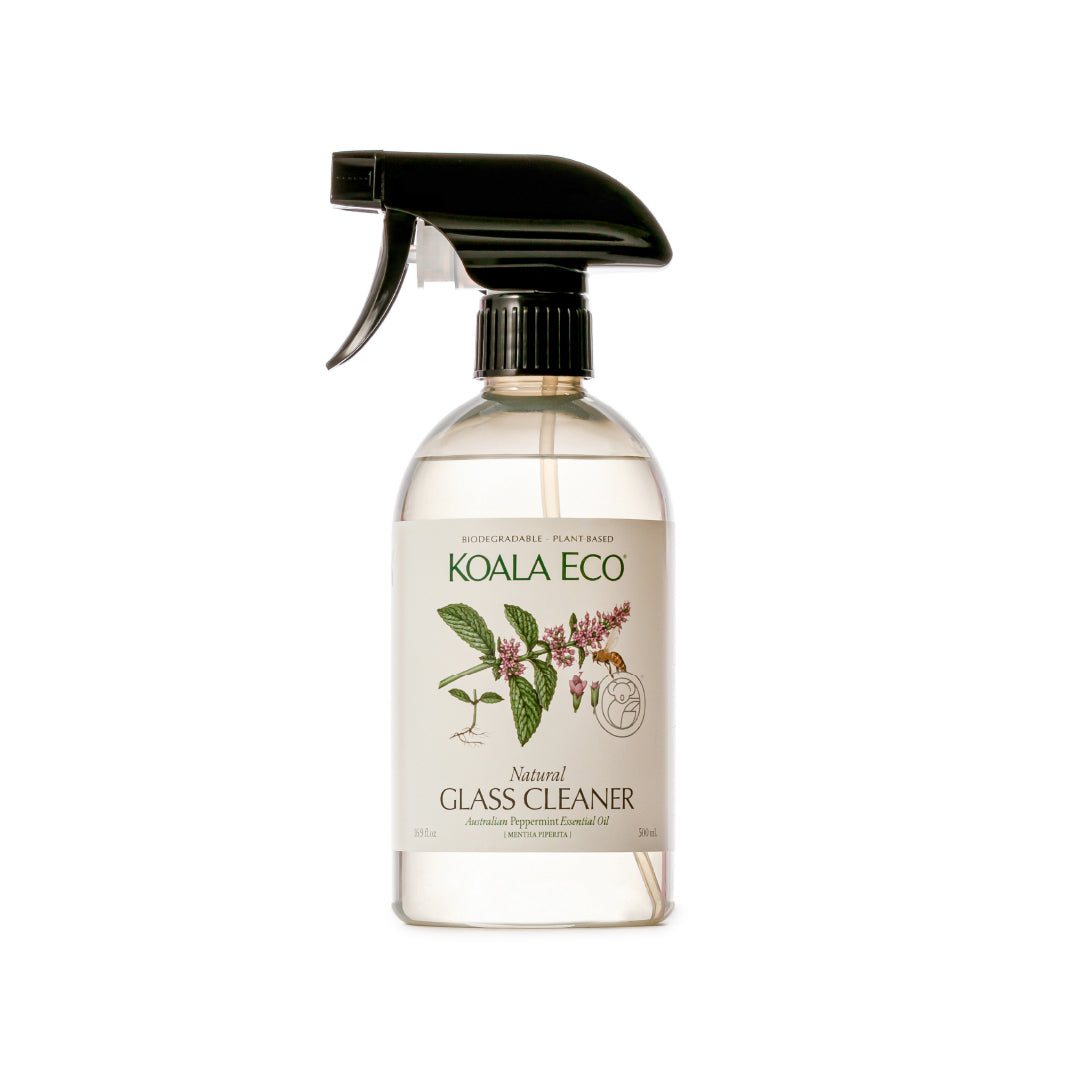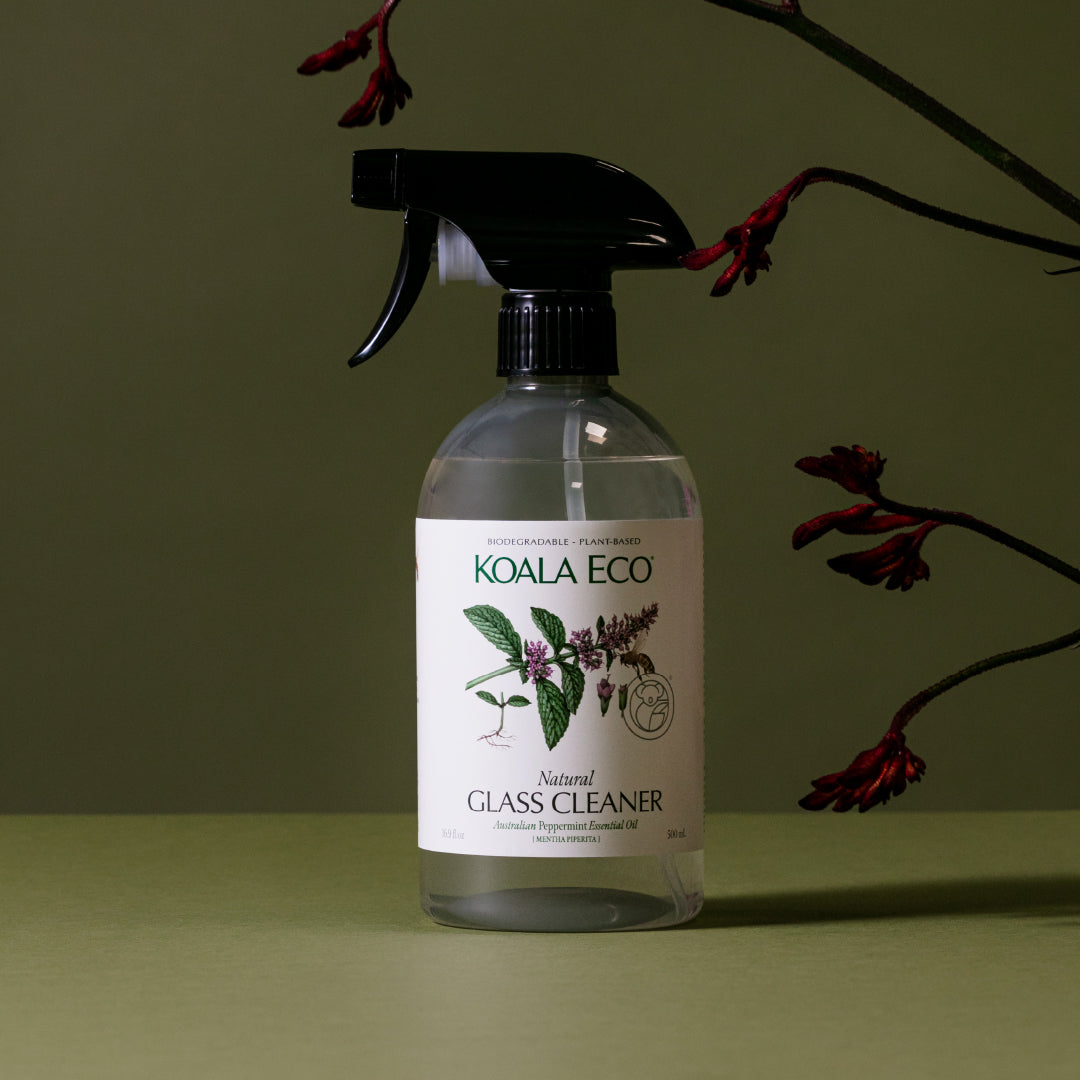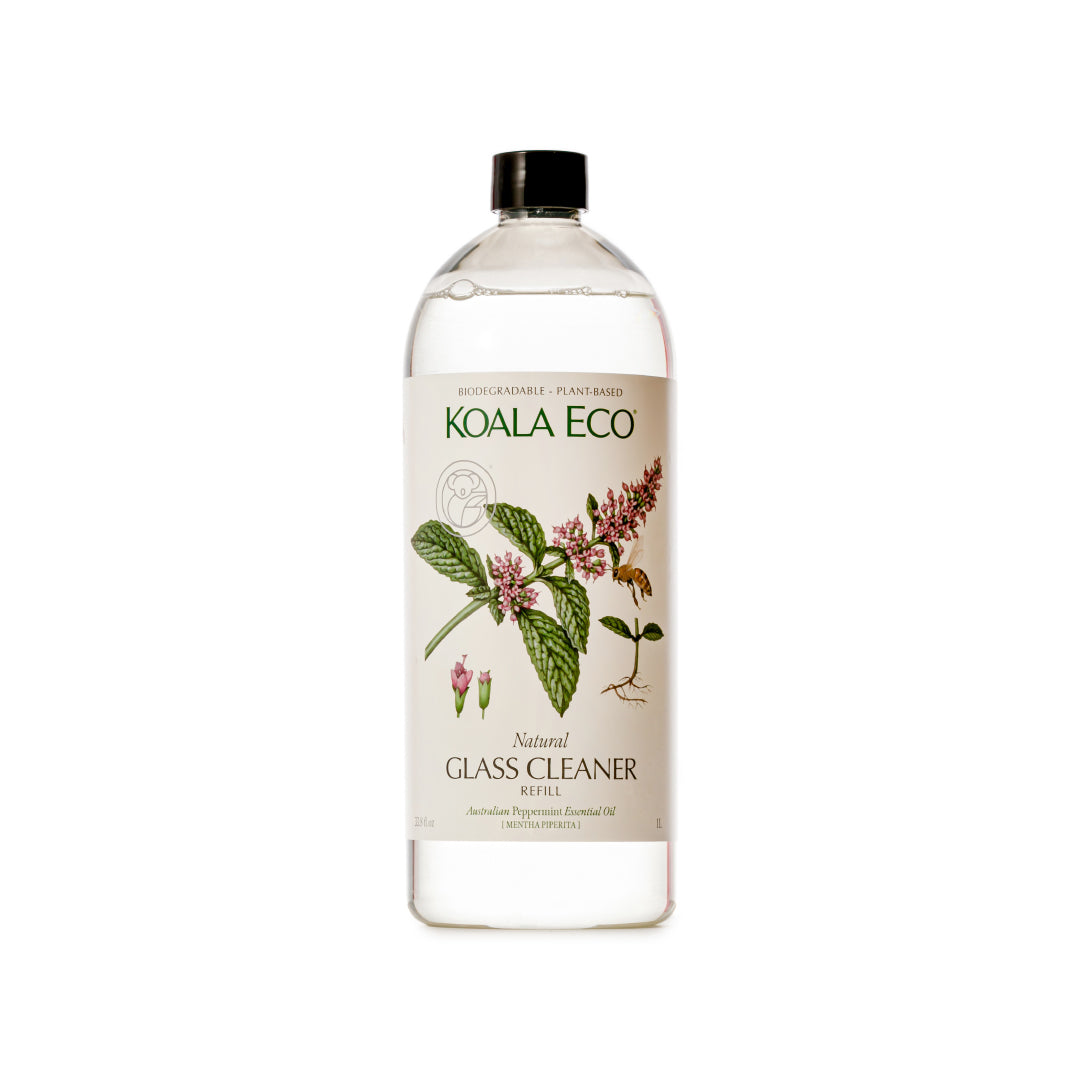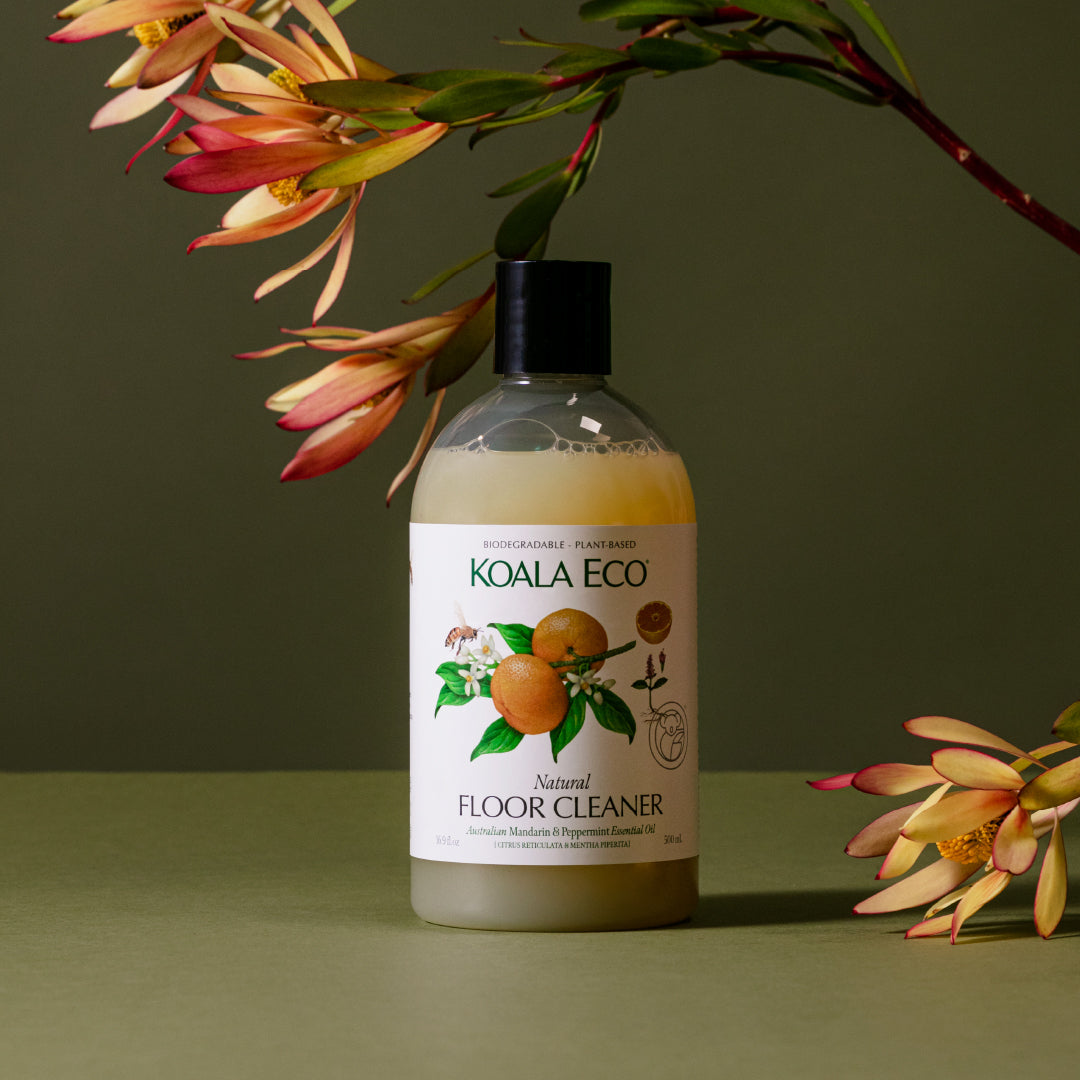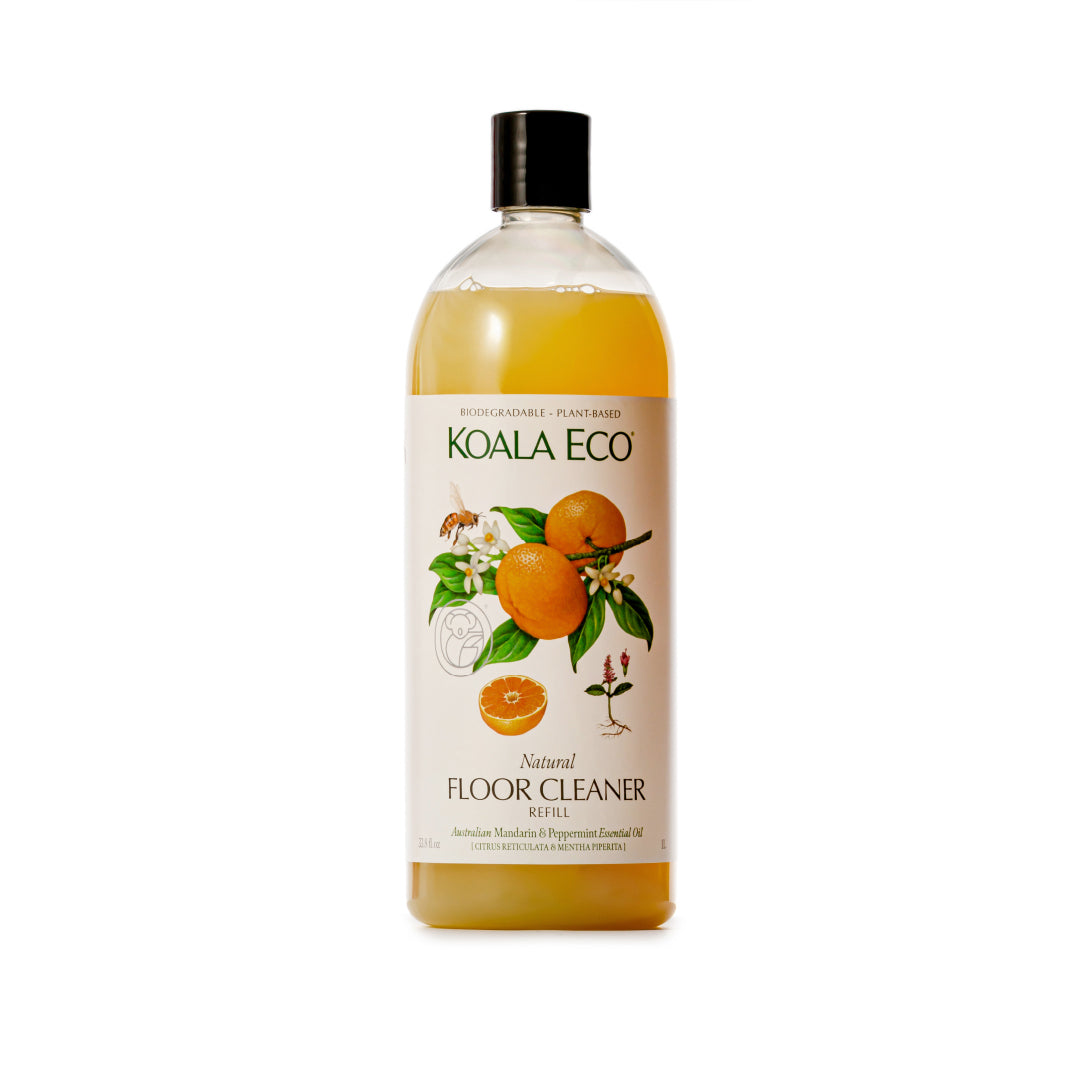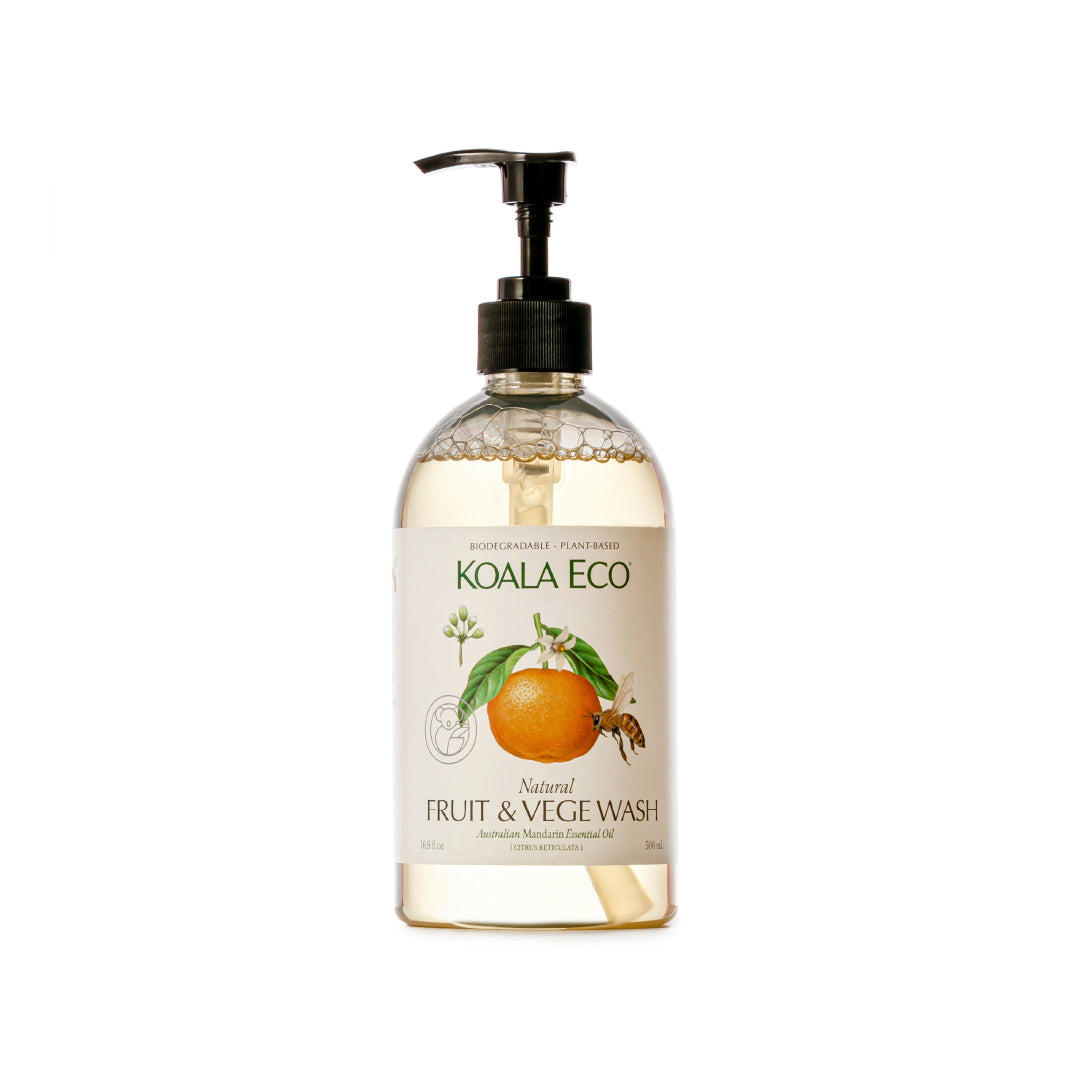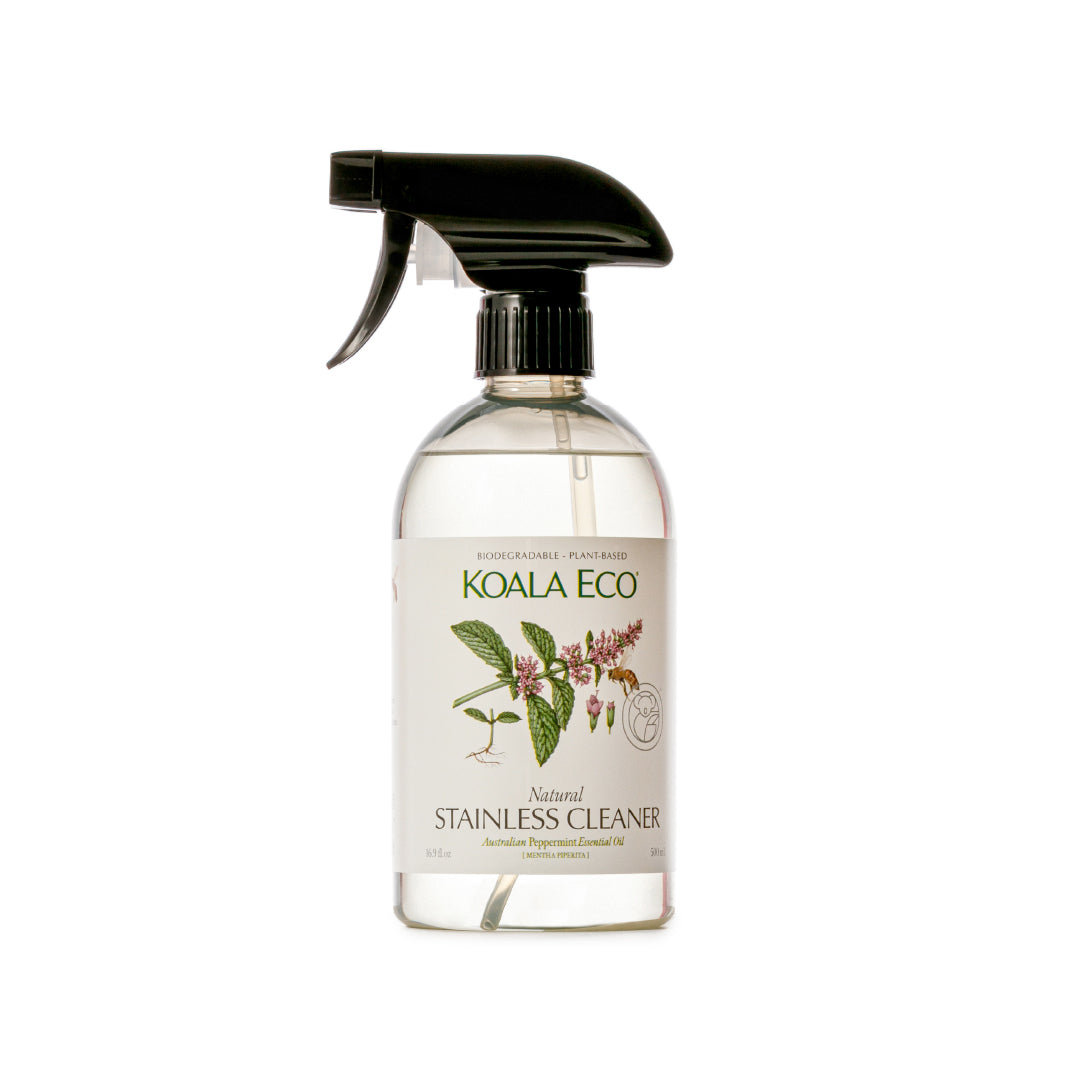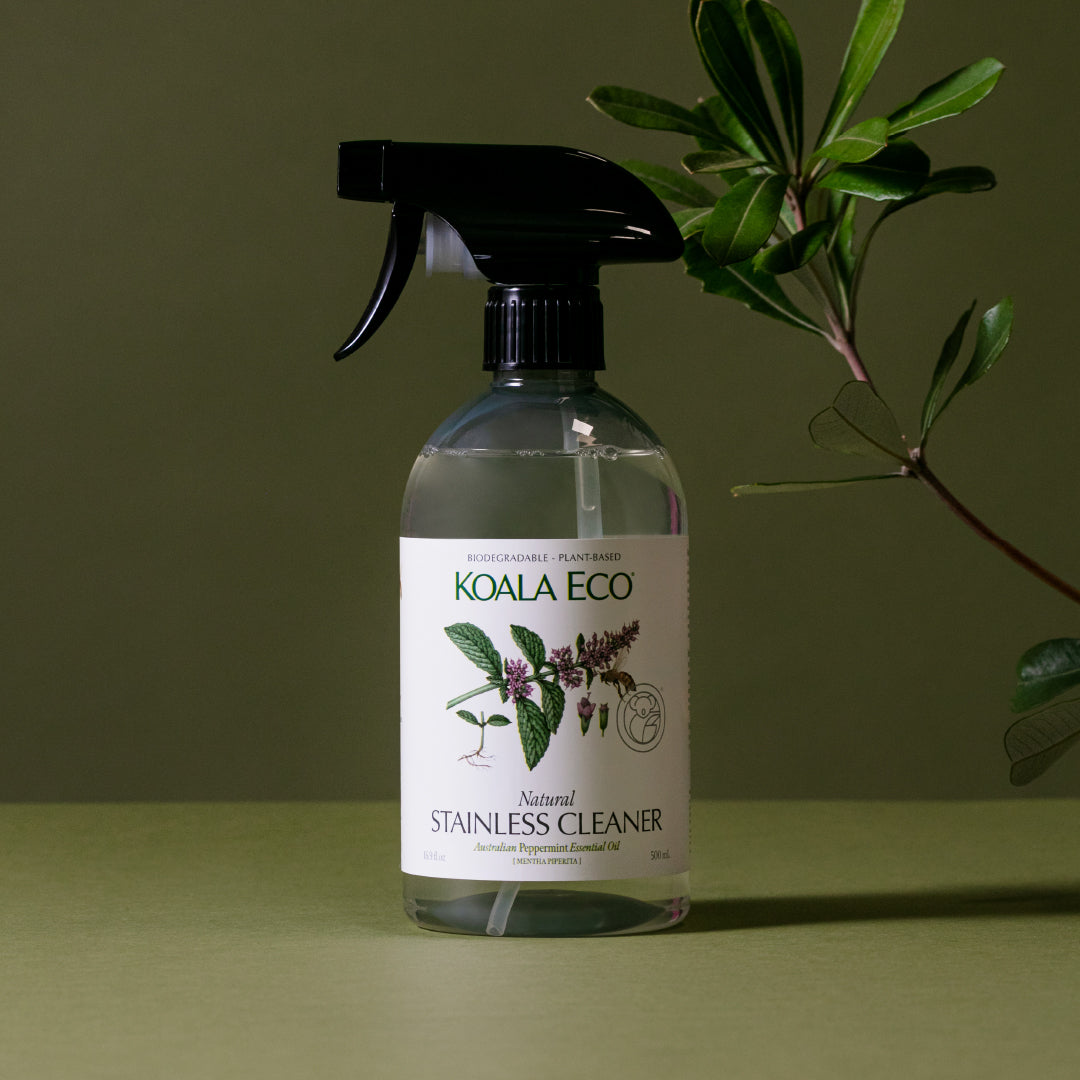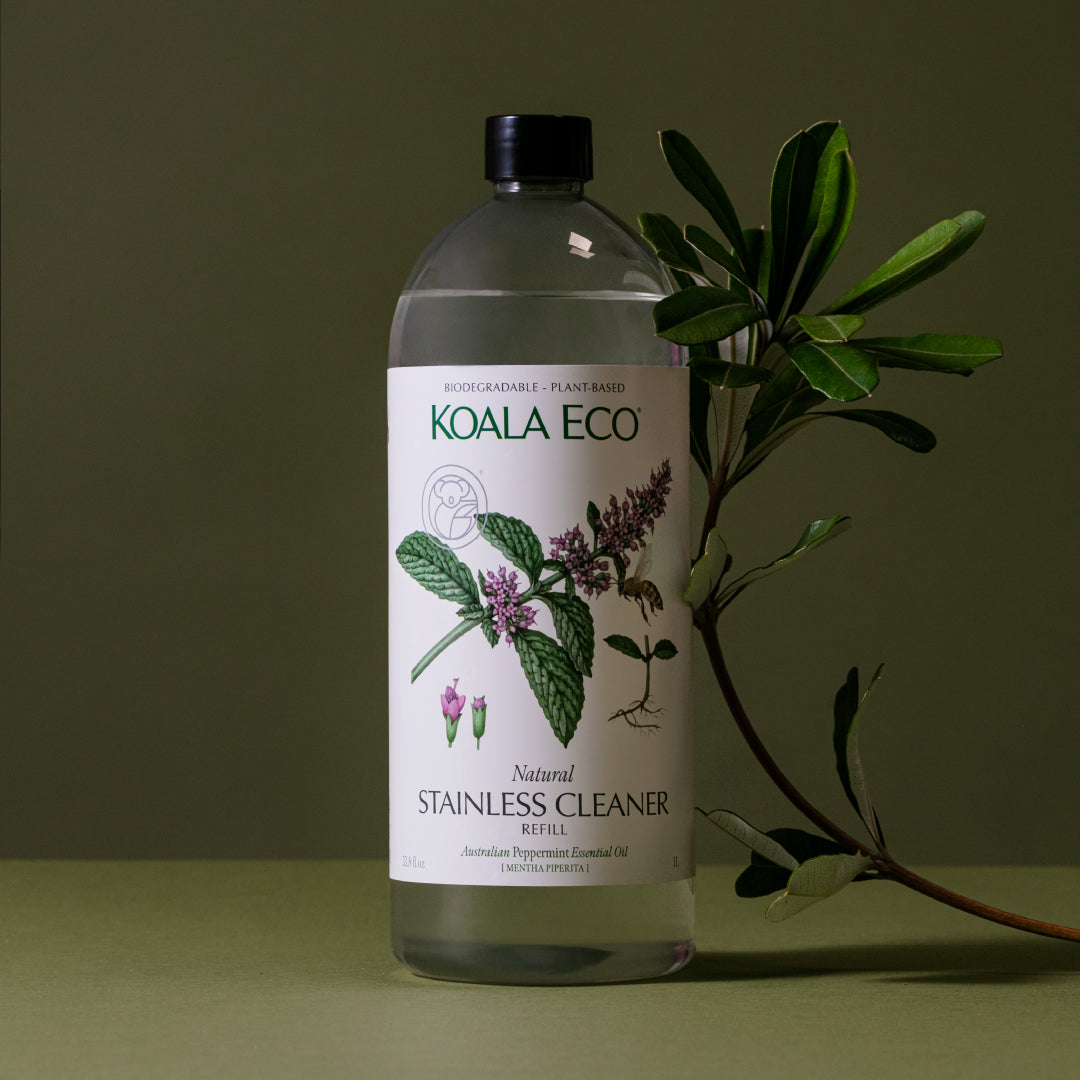[Mary] could not help thinking about the garden which no one had been into for ten years. She wondered what it would look like and whether there were any flowers still alive in it. From The Secret Garden
And this curiosity marks the moment when life begins to change for the lonely and neglected orphan Mary Lennox, heroine of the children’s classic The Secret Garden. Much like an unwanted sickly weed, Mary is transplanted from post-Victorian colonial India to the Yorkshire moors, England. Her discovery and nurturing of a mysterious and neglected ‘secret’ garden initiates her slow blossoming into a healthier, happier self: for as this garden comes alive, so does Mary.
Eventually, Mary’s transformation and the cause of it can no longer be hidden. Such vibrancy and colour—in both girl and garden—cannot be contained: ‘the place was a wilderness of autumn gold and purple and violet blue and flaming scarlet, and on every side were sheaves of late lilies standing together—lilies which were white or white and ruby… Late roses climbed and hung and clustered.’
A celebration of hope and growth, The Secret Garden is an allegory of the nature cure: the power of the natural world to heal, sustain, and nourish us. And at the centre of this cure is the delightful, everyday miracle of flowers: their resilient and indomitable life cycles, their intriguing anatomies, their sheer beauty.
Our love affair with flowers is an old, old story. Over centuries and all over the world, plants and flowers have cast their enchantment across all areas of our lives, homes and psyches. Botanical art began in China in 4000 BCE, as a means of forever capturing and recording the beauty of flowers. In the 1630s, the obsession with tulips in the Netherlands caused the first money market crash. Explorers sought to understand so-called ‘new’ continents through botanical specimens, and from the 15th century onwards, scientists relied on meticulously detailed, botanically correct drawings for species identification. It is this tradition of botanical art and its faithfulness to detail that the Koala Eco labels seek to emulate. Created specially for Koala Eco, these illustrations are not only exquisite, but they also invite trust. As scientifically realistic as possible, the depictions of (for example) Eucalyptus, Peppermint, Lemon Myrtle on the outside of the bottle will speak directly to the ingredients within.
Citing the ancient Romans, Richard Mabey notes the idea of ‘the nature cure’ goes back as far as written history. But for First Nations peoples, and those with traditionally oral cultures, obtaining and sharing knowledge about the healing and sustaining powers of plants and flowers goes back way further than that, and remains just as relevant and vital today.
And it is not just the medicinal wonders of botanicals that have attracted and held our attention over countless millennia. Flowers and plants also ‘speak’ to us in terms of their texture, taste, scent, and colour. The velvet-petalled muskiness of a rose. The waxy perfection of a calla lily. The lavish complexity in the taste of herbs: smoky to astringent, peppery to sweet.
And botanicals speak for us, holding a language rich in symbolism and metaphor. They speak for us at times of celebration or mourning. Consider the wrenching sadness of Ophelia’s last speech in the Shakespearean tragedy Hamlet. Her mind destroyed by grief and rejection, Ophelia is nevertheless fluent in the language of plants. She knows the symbolism of these herbs and flowers will be more eloquent than any epitaph: ‘There’s rosemary, that’s for remembrance. Pray you, love, remember. And there is pansies, that’s for thoughts.’ The name pansy comes from the French penser, to think.
Flowers help us to articulate all kinds of love. Sometimes a message can be direct; sometimes a hint is all we require to understand, or be understood. Plants enable poets and artists to evoke (in the minds of the reader or viewer) imagery of erotic intensity. Consider Georgia O’Keeffe’s 1926 painting Black Iris. Consider Emily Dickinson’s Poem #1377 celebrating forbidden fruit: ‘How luscious lies within the Pod / The Pea that Duty locks –’
Back on the Yorkshire moors, the nature cure of the secret garden doesn’t just affect Mary. Her cousin Colin, his growth blighted in the mistaken belief he is incurably ill, abandons his sick bed to visit the garden, where he begins to flourish. Colin’s father—Mary’s uncle—is numbed by years of grief and guilt. But even he finds that he has simply been dormant, like a perennial waiting for spring sunlight to coax him out of darkness. This realisation begins with an extraordinary scene that surely illustrates the gift of mindfulness through nature. Trying to outrun his grief and inertia through ceaseless travel, Colin’s father sits down by a lake in the Austrian Tyrol. Gazing at the water’s edge, he notices ‘one lovely mass of blue forget-me-nots’ and sharpens his attention, ‘thinking tenderly how lovely it was and what wonders of blue its hundreds of little blossoms were.’ And then he is fully present: ‘just that simple thought was slowly filling his mind … until other things were softly pushed aside.’
The simple yet wondrous beauty of flowers. The cycle of seasons, bringing the seeding, the blossoms, the fruiting, and then the composting and decay that will protect and promote the next year’s growth. Nature’s pattern of vivid regeneration. How it can inspire, unlock and restore us all.
Sources
The Secret Garden (1911) Frances Hodgson-Burnett
Nature Cure (2006) Richard Mabey
The Complete Poems (1975) Emily Dickinson
Hamlet (Act 4 Scene 5) William Shakespeare